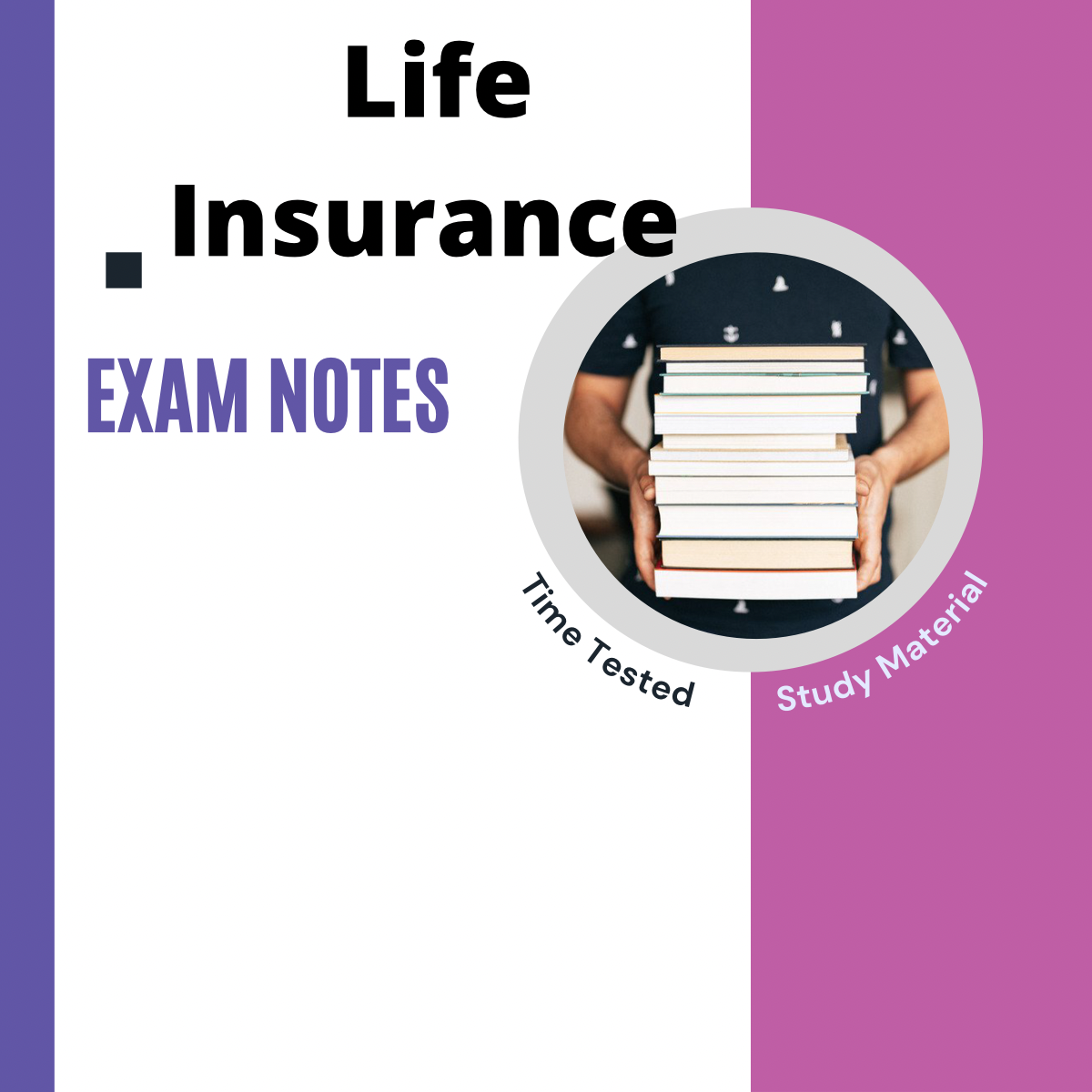Getting The Pacific Prime To Work
Getting The Pacific Prime To Work
Blog Article
Pacific Prime - An Overview
Table of ContentsRumored Buzz on Pacific PrimePacific Prime Things To Know Before You Get ThisThe smart Trick of Pacific Prime That Nobody is Talking AboutAll about Pacific PrimeSome Known Details About Pacific Prime

This is because the data were gathered for a period of strong economic efficiency. Of the estimated 42 million individuals who were uninsured, just about concerning 420,000 (concerning 1 percent) were under 65 years old, the age at which most Americans become qualified for Medicare; 32 million were grownups in between ages 18 and 65, around 19 percent of all grownups in this age group; and 10 million were youngsters under 18 years old, regarding 13.9 percent of all children (Mills, 2000).
These estimates of the number of individuals uninsured are created from the annual March Supplement to the Existing Populace Study (CPS), performed by the Census Bureau. Unless otherwise noted, nationwide estimates of people without health and wellness insurance and proportions of the population with different kinds of protection are based upon the CPS, the most extensively utilized resource of estimates of insurance coverage and uninsurance prices.
The Best Guide To Pacific Prime

Still, the CPS is particularly helpful since it creates yearly estimates fairly promptly, reporting the previous year's insurance policy protection estimates each September, and because it is the basis for a regular collection of price quotes for greater than 20 years, allowing for analysis of fads in coverage over time. For these reasons, as well as the extensive use of the CPS in other studies of insurance policy protection that exist in this record, we rely on CPS price quotes, with limitations noted.

The estimate of the variety of uninsured individuals expands when a populace's insurance condition is tracked for several years. Over a three-year period beginning early in 1993, 72 million people, 29 percent of the united state population, lacked protection for at least one month. Within a single year (1994 ), 53 million individuals experienced a minimum of a month without coverage (Bennefield, 1998a)
6 out of every 10 without insurance grownups are themselves used. Although working does improve the possibility that one and one's household members will have insurance coverage, it is not an assurance. Even members of families with two permanent breadwinner have virtually a one-in-ten possibility of being without insurance (9.1 percent uninsured rate) (Hoffman and Pohl, 2000).
Facts About Pacific Prime Revealed
New immigrants make up a considerable percentage of people without medical insurance. One analysis has attributed a substantial portion of the recent growth in the dimension of the U.S. without insurance populace to immigrants who showed up in the nation between 1994 and 1998 (Camarota and Edwards, 2000). Current immigrants (those that involved the United States within the previous 4 years) do have a high price of being uninsured (46 percent), but they and their youngsters make up simply 6 percent of those without insurance policy across the country (Holahan et al., 2001).
The relationship in between medical insurance and click here for more access to care is well developed, as documented later in this chapter. Although the relationship between medical insurance and wellness outcomes is neither straight neither basic, a substantial medical and wellness services research study literary works web links medical insurance coverage to improved accessibility to care, far better quality, and improved personal and population health and wellness condition.
Levels of analysis for checking out the impacts of uninsurance. This discussion of medical insurance coverage concentrates largely on the united state population under age 65 due to the fact that virtually all Americans 65 and older have Medicare or other public coverage. Moreover, it focuses particularly on those with no medical insurance for any kind of length of time.
Some Of Pacific Prime
The troubles dealt with by the underinsured are in some respects similar to those faced by the uninsured, although they are typically less severe. Wellness insurance coverage, nonetheless, is neither necessary neither adequate to get accessibility to clinical services. The independent and direct impact of health and wellness insurance policy protection on access to health and wellness services is well developed.
Others will obtain the healthcare they need even without health insurance coverage, by paying for it out of pocket or seeking it from companies who offer care totally free or at very subsidized rates. For still others, health and wellness insurance coverage alone does not make certain invoice of care due to various other nonfinancial obstacles, such as a lack of healthcare service providers in their neighborhood, limited access to transport, illiteracy, or linguistic and social differences.
Little Known Facts About Pacific Prime.
Formal study concerning uninsured populations in the United States dates to the late 1920s and very early 1930s when the Board on the Cost of Treatment created a series of records regarding funding medical professional workplace visits and hospital stays. This concern came to be salient as the numbers of medically indigent climbed during the Great Clinical depression.
Report this page